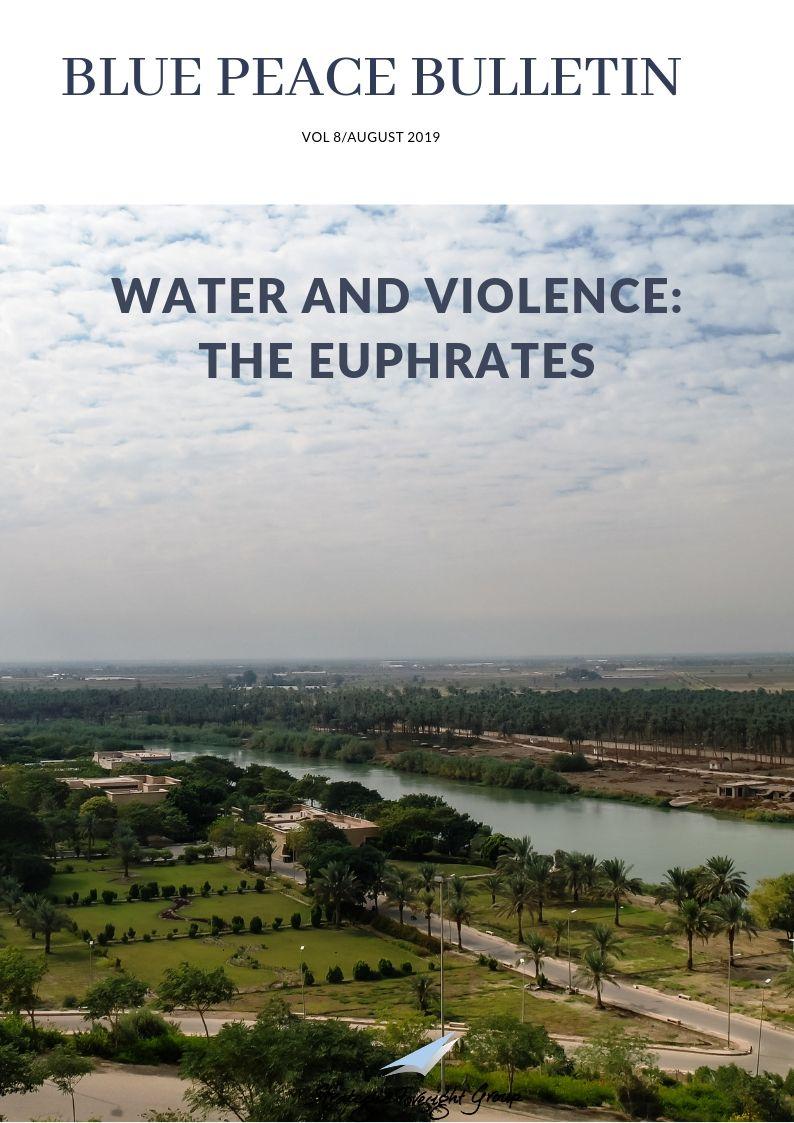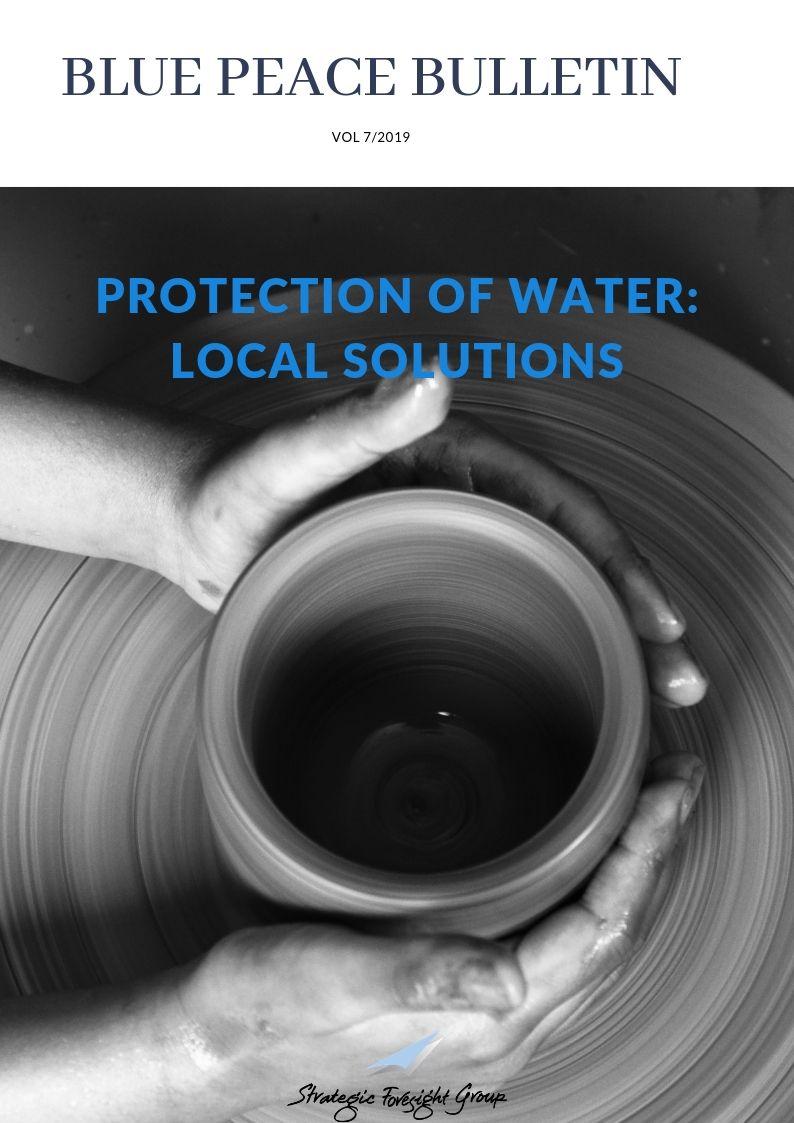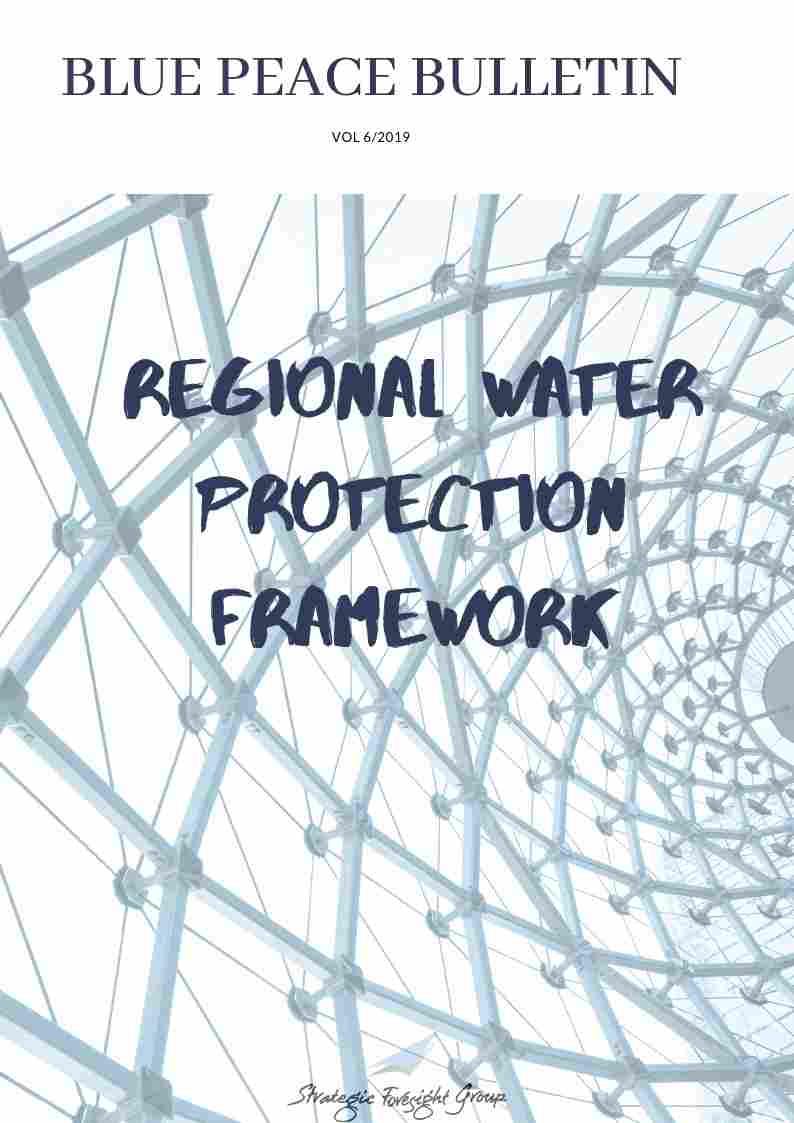Pakistan �€“ Running Out of Time and Water
|
|
February, 2010
By Joyanto Mukherjee
|
Pakistan has always been in the news for all the wrong reasons. For a country which is currently facing the brunt of several internal and external problems, Pakistan indeed has always been the most tumultuous part of the South Asian region. But these problems, which are very public in nature, have actually managed to cover perhaps the biggest threat the country is facing. Pakistan is sitting on a major water bomb and despite the warnings the country�€™s administration has easily neglected this problem, a problem which actually threatens the very existence of the country.
It is being said that water shortages actually define the greatest threat to Pakistan, both as a state and a society. Over the years, the water availability in the country has fallen drastically with statistics pointing a sharp fall from 5,000 cubic meters per capita in the 1950s to less than 1,500 cubic meters per capita currently. Pakistan stands on the verge of being declared a water scarce state where the international benchmark of being water scarce stands at 1000 cubic meters per capita. Various accounts actually say that this mark can be breached as early as 2020 or the latest by 2035. Such statistics become more alarming in nature when it is added that Pakistan is mainly an agrarian country and hence around 90% of the country�€™s water is actually dedicated to agriculture. What makes the situation more complex is that Pakistan is actually one of the most arid countries in the world with an average rainfall of under 240 mm per year. Hence one can see why the situation has actually already begun to spiral out of control, without sufficient and immediate attention given to the same.
There are several factors which have contributed to the construction of this current situation. The continuing dispute between the Punjab and Sindh provinces is one of them. It is said that as the country has witnessed a surge in population, large volumes of water from the Indus River have been diverted upstream to Punjab Province to satisfy the ever-increasing demand for agriculture and for consumption in cities. Consequently, downstream in Sindh the Indus River has now shrunk drastically. The river�€™s disappearance throughout much of Sindh has affected the livelihood of the people across the river delta particularly those of fishermen who are now forced to gather firewood for a living and buy water at a very high cost from trucks. It is also being said that this has actually sparked coastal poverty, hopelessness and despair which is causing great damage to the delta�€™s mangroves and destroying entire ecosystems.
The growing dispute between the two provinces knows no bounds, as the dispute can be traced all the way back to the 19th century. Sindh has accused the Federal Government of being partial to Punjab, since it is the largest province of huge political importance. Historically Sindh has suffered due to various short sighted and highly partial polices. One of these policies, the 1991 water treaty, sharply decreased the water allocation to Sindh and on the other hand increased that of Punjab which has since become a major controversy, one which still continues to affect the relations between the two provinces. The Kalabagh Dam has been another point of argument between both the provinces as the said dam will be directly benefiting the Punjab province and affecting the water distribution of the other three provinces in the country. The construction of the same is still on hold.
Agriculture in Pakistan accounts for about 93 percent of the country�€™s water use employs 43.61% of the workforce and contributes 21.8% of Pakistan�€™s GDP. But the problem of water scarcity in Pakistan becomes frightening when one considers that in 2007, agriculture was almost wholly dependent on the world�€™s largest contiguous irrigation system to irrigate 19.07 million hectares of land. Such a huge portion of land is actually dependent on an irrigation system based on an inadequate infrastructure investment, especially when it comes to maintenance and repair. An example can further illuminate the problem at hand. According to the World Bank the irrigation infrastructure in the Punjab Province alone is valued at an estimated U.S. $20 billion, which would require an annual replacement and maintenance budget of U.S. $0.6 billion. The actual replacement and maintenance budget was about U.S. $0.02 billion, and 76 percent of the total irrigation budget was spent on personnel. Such mismanagement of funds is customary in Pakistan and this has heavily contributed towards the country being pushed to the brink of water scarcity.
Rather than looking at its own internal deficiencies, the Pakistani government and media have regularly blamed India for all the water problems they are facing. Pakistani officials have been systematically issuing statements which have alleged that India has built many dams illegally on rivers entering Pakistan and hence has played a major role in creating such water problems in the country. This allegation has been repeatedly rebuffed by India who has always reiterated that the dams built were in accordance with international agreements and in the most transparent manner.
The future of water problems in Pakistan is one which has to be addressed sooner than later. Pakistan is a country which is currently engaged in a war waged with terror outfits within its borders as well as along the Afghan border. These army offensives have actually seen large scale displacement with around 3 million people moving out of the tribal areas and entering other provinces, especially the major cities. With water levels falling at a regular basis cities are unable to manage such an influx. This influx has also seen a rise in water hoarding, increase in unhealthy usage of water and hence diseases. With no long term strategies being implemented, the country is facing a problem which unknowingly has already started affecting almost the whole population. If Pakistan�€™s water problem is not addressed immediately, the country will fall to an enemy it failed to identify despite all warnings; an enemy which didn�€™t even fire a single bullet.
Related Publications
Related latest News
Related Conferences Reports
-

An Unprecedented Opportunity:Blue Peace in the Middle East
Download:Stockholm Workshop Report
-

Strategy Workshop on Blue Peace in the Middle East
Download:Strategy Workshop on Blue Peace in the Middle East





